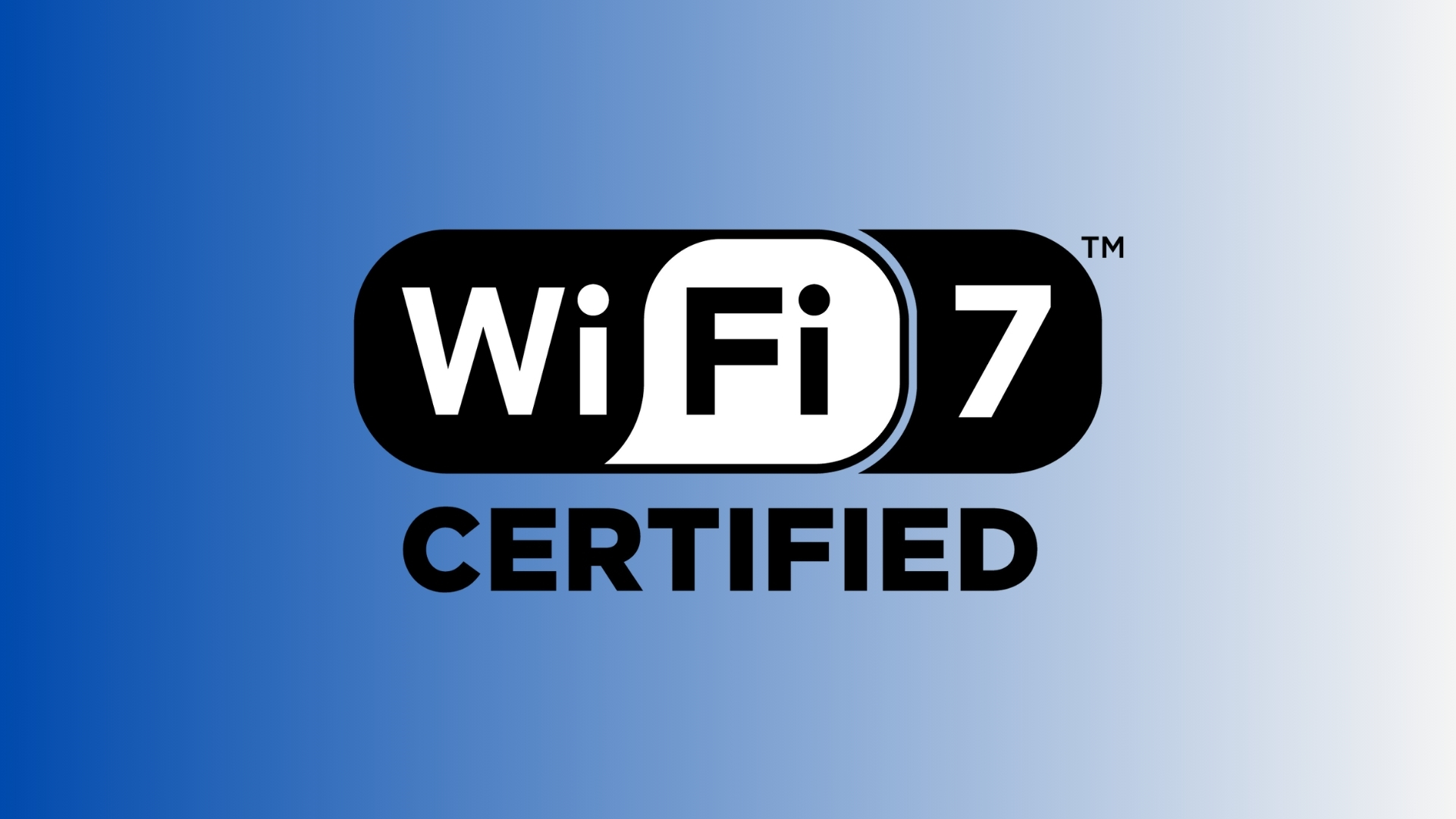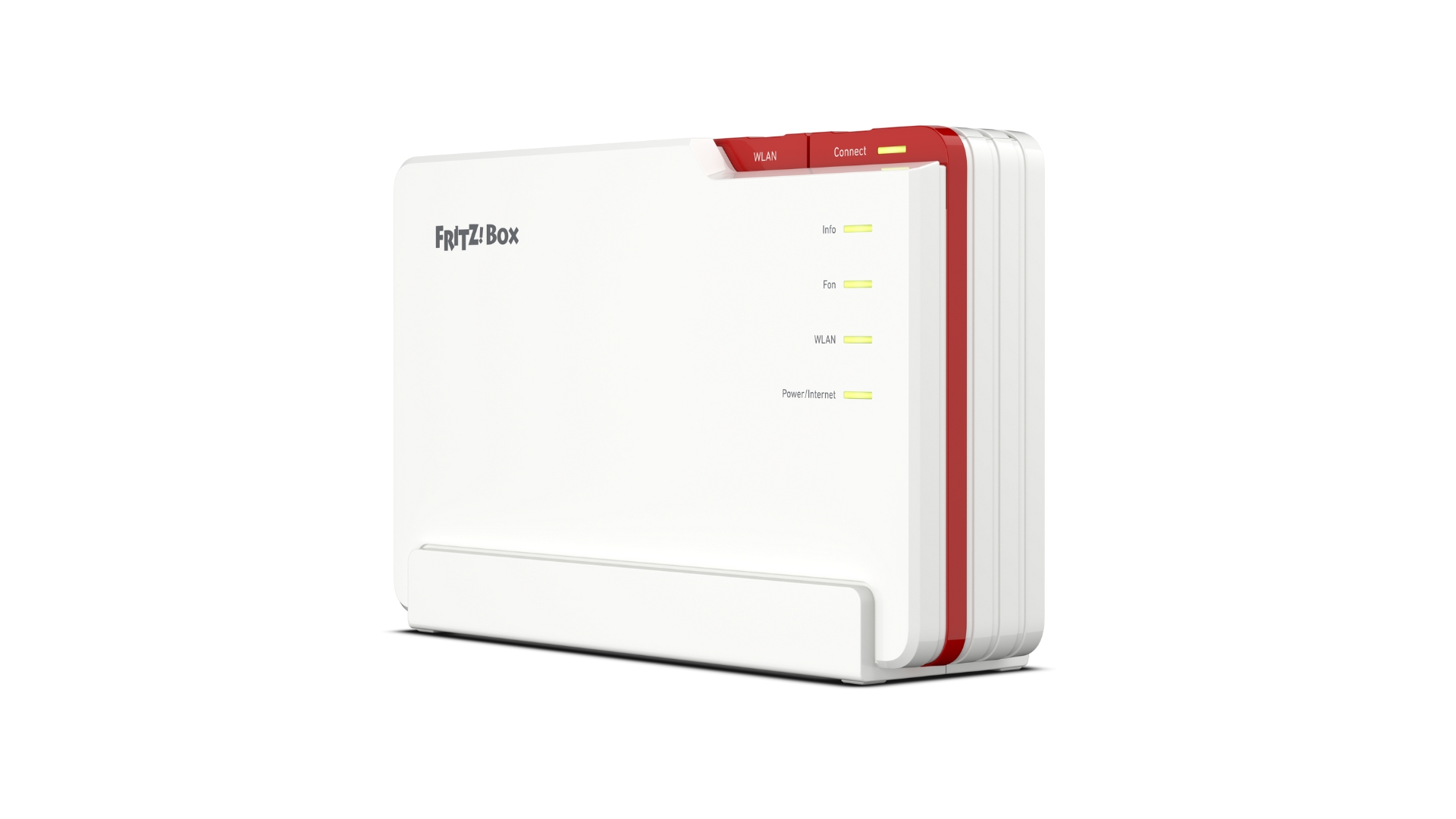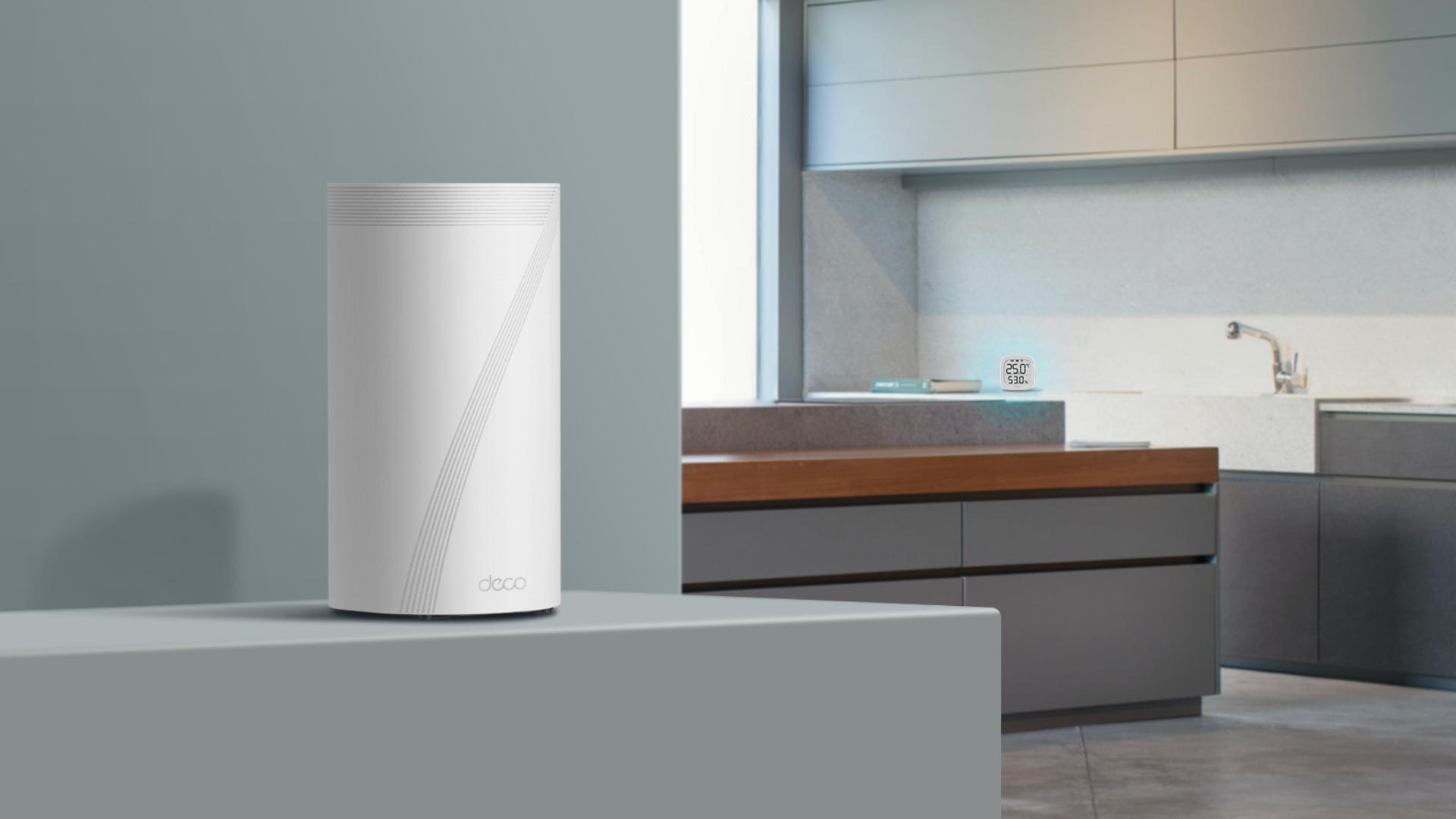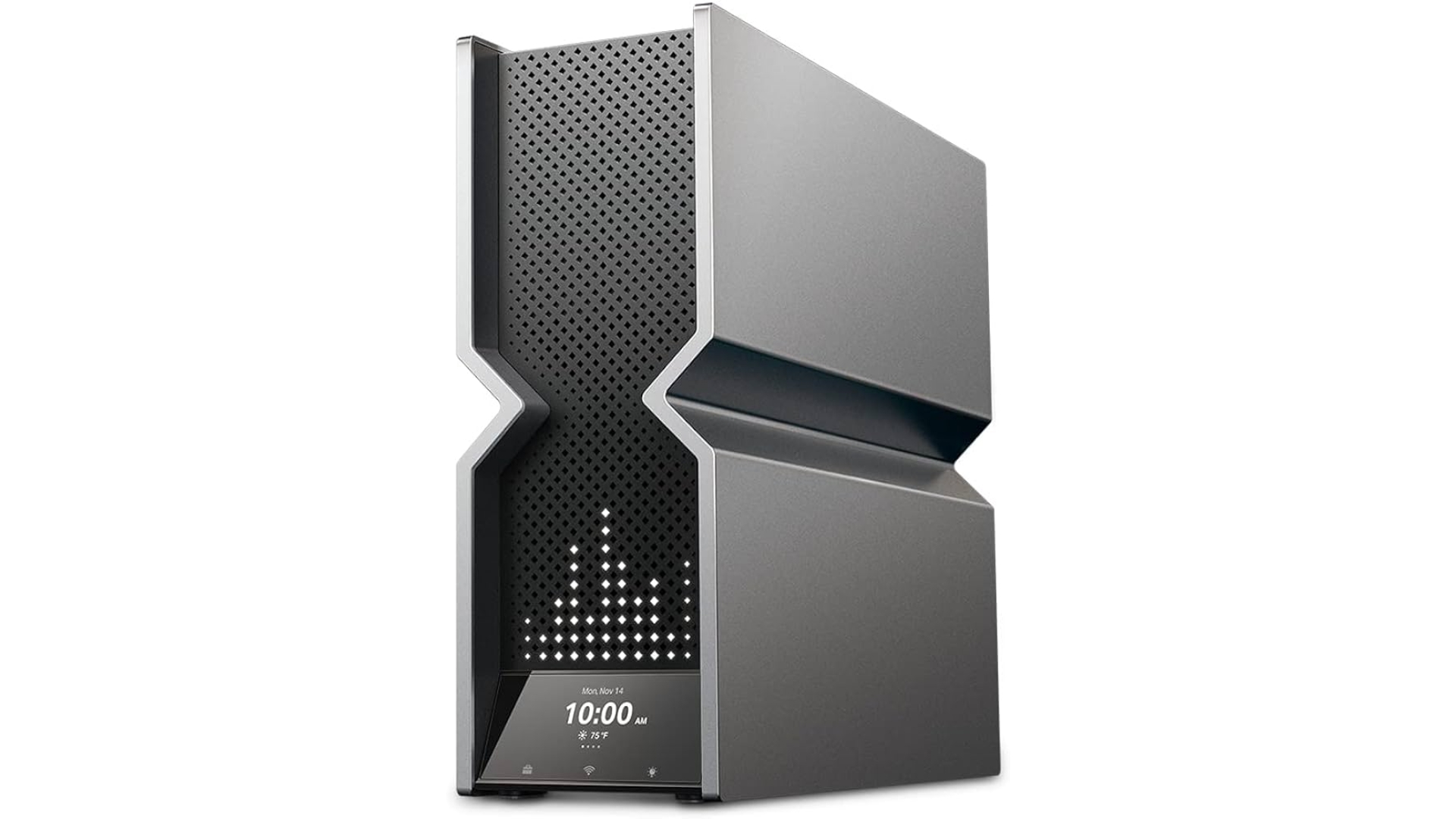
Wi-Fi is near-ubiquitous these days, and not just for computers. The modern connected house has smartphones, tablets, Internet TVs and radios, games consoles, AI services such as Alexa and Siri, smart home devices, NAS drives, security cameras and more. All these things connect to your home network through your router, using Wi-Fi.
Having so many devices connected to your Wi-Fi at once takes its toll on the signal. This is where Wi-Fi 6 and its successor, Wi-Fi 6E excelled. The standard was designed to allow a large number of devices to connect to Wi-Fi at once, without degrading speeds. Wi-Fi 7 takes this to the next level, improving data throughput, reducing interference and minimizing latency for all connected devices.
Maintaining standards

The Wi-Fi protocol is an industry-standard created and maintained by the Institute of Electrical and Electronics Engineers (IEEE). The current version is IEEE 802.11ax, also known as Wi-Fi 6. It was established in 2019, with an upgraded Wi-Fi 6E arriving in 2020. The next version is IEEE 802.11be (Wi-Fi 7), which was officially launched at CES 2024. But what advantage do they give over Wi-Fi 6/6E, and is it worth upgrading?
The main advantage of Wi-Fi 7 is a faster throughput. It’s theoretically capable of speeds of up to 46 Gbps, which is over four times as fast as Wi-Fi 6’s 9.6 Gbps. No wonder it’s also known as Extremely High Throughput (EHT). It’s worth pointing out that these speeds are theoretical maximums measured under perfect conditions. Real-world speeds will be slower, but even so, Wi-Fi 7 is clearly much faster than its predecessor.
Lower latency

Building on the standards established by IEEE 802.11ax (Wi-Fi 6/6E), the new protocol continues to improve support for a large number of simultaneous connections. According to Singapore-based networking technology company TP-Link, Wi-Fi 7-enabled routers will offer up to five times the network capacity of Wi-Fi 6 models and up to a hundred times lower latency. This latency reduction is especially welcome for those who use augmented and virtual reality applications, which are very demanding on throughput. If you experience a slight delay when you move your head while wearing your VR headset, Wi-Fi 7 could be the answer.
Wi-Fi 6 originally offered two wavebands; 2.4GHz and 5GHz. Wi-Fi 6E added a third, 6GHz. Wi-Fi 7 offers the same three bands, but doubles the bandwidth of the 6GHz band, giving it 320MHz instead of 160MHz. This allows a lot more simultaneous connections without choking transfer speeds. As German tech company AVM put it, “Thanks to the channel bandwidth of 320MHz, the 6GHz band provides for very high data throughput and can be used exclusively for Wi-Fi with no radar interference. This combination of low latency and high data throughput enables powerful wireless communication for future real-time applications such as virtual reality, cloud computing, and gaming.”
MLO and QAM

A new Multi-Link Operation (MLO) feature allows the combining of bands into a single pipeline, sending data across more than one band at once. Obviously, this gives much higher transfer speeds when downloading large files. Wi-Fi 7’s Quadrature Amplitude Modulation (QAM) is higher too. QAM is a family of modulation methods used to transmit data across radio waves. The higher the QAM, the more data can be packed in. Wi-Fi 6 offered 1024-QAM. Wi-Fi 7’s 4K-QAM offers a potential 20 percent better performance, but like many stats about Wi-Fi, the actual improvement depends on local conditions.
Worth upgrading to Wi-Fi 7?

As always, you should start by looking at the equipment you have now, and what you intend to buy over the next year or two. If your home network is constantly lagging a new router might well be a good idea, but if you currently have a Wi-Fi 6 or 6E model, you won’t see the benefit of Wi-Fi 7 until you upgrade networked items to those compatible with the new system. That’s not to say Wi-Fi 7 demands you upgrade your gadgets – it’s backwards compatible with older Wi-Fi gadgets.
If you’re planning to invest in substantial new connected devices such as a VR headset or a smart TV, consider buying one of the best routers too; just make sure your new gear is Wi-Fi 7 compatible. If you have a router that predates Wi-Fi 6 and you have a lot of connected devices in the house, it’s definitely a good idea to upgrade. If, however, you’re perfectly happy with your networking and have no plans to buy more online gear in the foreseeable future, keep your money.







